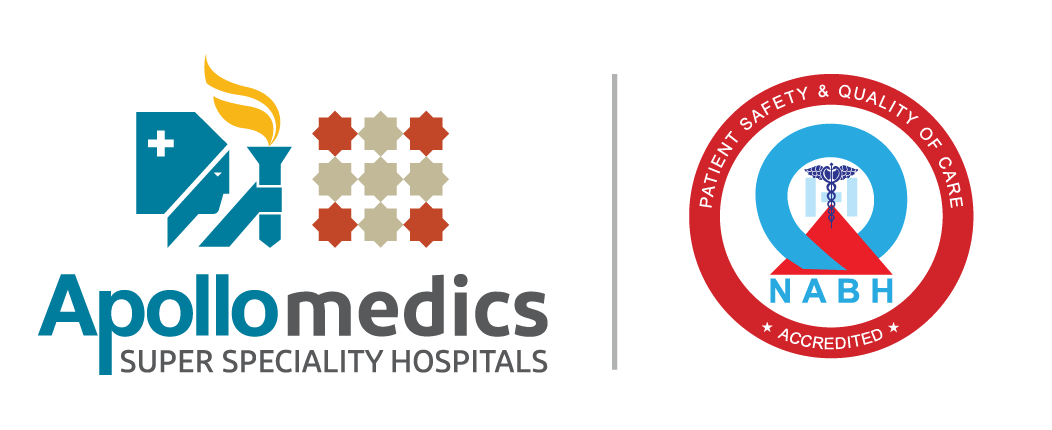Written by – Dr Harshit Srivastava (Associate Consultant, Surgical Oncology)
The fight against advanced abdominal malignancies necessitates continuous exploration of innovative treatment strategies. A ground breaking approach in this realm combines cytoreductive surgery (CRS) with hyperthermic intraperitoneal chemotherapy (HIPEC). This synergistic treatment has demonstrated promising results in enhancing patient outcomes for specific cancers with peritoneal dissemination like colorectal cancers, gastric cancer, ovarian cancer, endometrial cancers, pseudomyxoma peritonei, peritoneal mesothelioma, and other cancers. This article delves into the details of these procedures, their potential benefits, and the transformative impact they can have on patients’ lives.
The Procedure: Cytoreductive Surgery
Cytoreductive surgery is an extensive surgical technique aimed at removing visible tumors within the abdominal cavity. The goal is to reduce the tumor burden to a minimum, ideally leaving behind no visible disease. This meticulous process can involve the resection of all detectable tumor nodules, multiple organs or parts of organs, depending on the extent of the cancer spread. The primary goal is to achieve complete cytoreduction (CC0/CC1), leaving behind no macroscopic evidence of disease. CRS is a lengthy and intricate operation, often requiring 12-15 hours in the operating room.
The meticulous nature of CRS is crucial because any remaining tumor cells can potentially lead to recurrence. By removing as much of the tumor mass as possible, the effectiveness of subsequent treatments, such as chemotherapy, is significantly enhanced. However, CRS alone is not sufficient to eradicate microscopic cancer cells that may still be present. This is where HIPEC comes into play.
The Innovation: Hyperthermic Intraperitoneal Chemotherapy (HIPEC)
HIPEC is a targeted chemotherapy treatment administered immediately after cytoreductive surgery. Unlike traditional chemotherapy, which is delivered intravenously and affects the entire body, HIPEC is administered directly into the abdominal cavity. This allows for a higher concentration of the chemotherapy agents to come into direct contact with the residual cancer cells.
During HIPEC, a heated chemotherapy solution is circulated throughout the peritoneal cavity for approximately 60-90 minutes. The elevated temperature enhances the cytotoxicity of the chemotherapy drugs, as cancer cells are more susceptible to heat-induced damage than healthy tissues. Additionally, the localized nature of the treatment minimizes systemic toxicity, reducing side effects compared to traditional chemotherapy.
The Benefits: Enhanced Survival and Quality of Life
CRS and HIPEC offer a compelling treatment option for specific abdominal cancers. This combined approach provides several advantages for patients:
1. Improved Survival Rates: Clinical data demonstrates superior survival outcomes for patients undergoing CRS and HIPEC compared to standard treatments.
| Cancer Type | Potential Benefit |
|---|---|
| Pseudomyxoma Peritonei (Appendiceal or ovarian origin) | High chance of cure |
| Ovarian Cancer | Improved survival and potential cure in some cases |
| Colorectal Cancer (Peritoneal Carcinomatosis) | Improved survival |
| Gastric Cancer (Peritoneal Carcinomatosis) | Improved survival |
| Mesothelioma | Improved survival |
2. Reduced Recurrence Risk: CRS and HIPEC aggressively target both visible and microscopic cancer cells, minimizing the risk of recurrence. This dual approach ensures that any residual cells after surgery are effectively treated, decreasing the likelihood of the cancer returning.
3. Localized Treatment with Minimized Side Effects: HIPEC delivers chemotherapy directly to the abdomen, allowing for higher drug doses without the severe systemic side effects associated with traditional chemotherapy. This localized approach often translates to fewer complications and a better quality of life during and after treatment.
4. Potential for Cure: For select patients, particularly those with isolated peritoneal disease, CRS and HIPEC can be curative. This represents a significant advancement for previously untreatable cancers at advanced stages.
Patient Experience and Recovery
While CRS and HIPEC offer hope, they are not without challenges. The procedures are extensive and require a high level of surgical expertise and postoperative care. Recovery can be lengthy, with patients typically spending several days in the hospital. Postoperative care involves managing pain, monitoring for complications, and gradually resuming normal activities.
Patients undergoing CRS and HIPEC must be carefully selected based on their overall health, cancer type, and extent of disease spread. Multidisciplinary team plays a vital role in patient assessment and care.
Conclusion: A Beacon of Hope
CRS coupled with HIPEC emerges as a promising advancement for patients battling advanced abdominal cancers. This innovative treatment strategy demonstrates the potential for improved survival rates, reduced tumor recurrence, and enhanced quality of life. As ongoing research and clinical experience continue to develop, CRS-HIPEC is poised for further refinement, offering a refined approach and renewed hope for those facing these complex malignancies.
For patients and their families confronted with a diagnosis of advanced abdominal cancer, a comprehensive understanding of these treatment options is paramount. Through close collaboration with a specialized oncosurgeon in lucknow, patients can make informed decisions regarding their care path, exploring the potential advantages of this powerful combination therapy in their fight against cancer. For comprehensive insights and expert guidance, schedule an appointment today to consult with our esteemed best oncologist doctor at Apollomedics Hospitals Lucknow. Rest assured; we’re committed to providing unwavering support throughout your journey.
Doctor’s Profile



